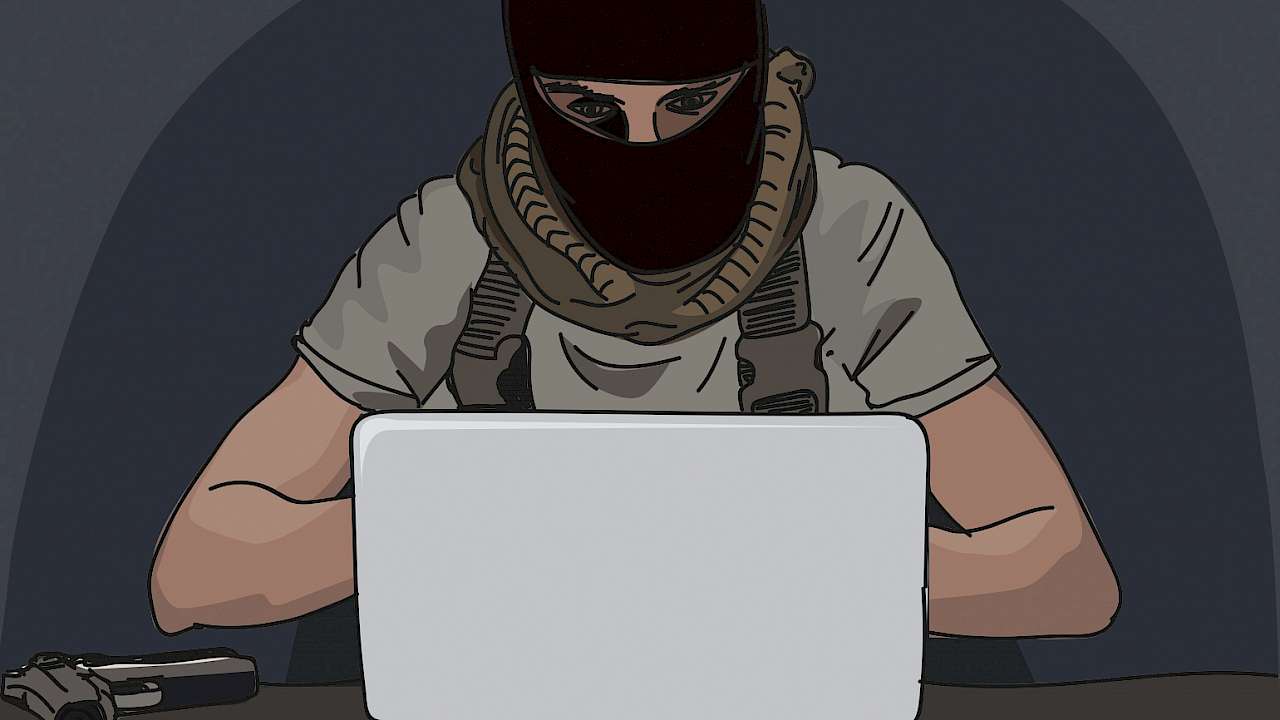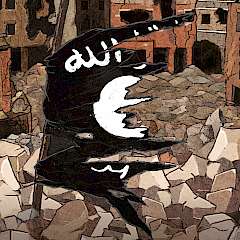The size of the Islamic State and its ability to project a narrative as a state-building entity peaked before the group celebrated its one-year anniversary in 2015. Although IS’s influence has inspired terrorist operations outside its borders, including in Europe and the United States, the group has been losing territory in Iraq, Syria, and Libya.
How then should we assess the threats emanating from IS in light of the failure of its core narrative, namely the establishment of a functioning Caliphate?
Assessing the threat
During the early phases of its growth, IS made significant territorial gains, and amassed considerable resources. Ignoring these resources in an analysis of its territorial decline would lead to a skewed picture of the threat that the group continues to pose, both inside and outside its territories. Consequently, it may be more helpful to assess IS using criteria developed by political scientist Martha Crenshaw in her 2001 study of terrorism in Algeria.
According to Crenshaw, to claim ‘that terrorism is successful presumes that terrorism is instrumental and that the strategy behind it can be discovered;’ whereas ‘to be effective, terrorism need merely produce a decided or decisive effect, which may not reflect the original intent of the actor.’
If the objective of IS is to build a state on the ashes of all other states, as its leaders claim, then the group has failed in terms of both criteria: success and effectiveness. However, in statements and communiqués produced in 2016, the leadership of IS had already started to establish a narrative of continuity, since they referred back to Abu Mus‘ab al-Zarqawi, who first led the group that evolved into IS.
It was clear that this evolving narrative was communicated so as to position and sustain IS in the wider jihadi universe, despite significant losses. At the same time, this positioning also initiated a discussion about evolving strategies which the group might employ should it fail to establish a Caliphate.
‘Engrenage’: a future non-strategy?
Regardless of the original intention of IS leaders, the group’s official publications are making it clear that it would be content for its soldiers, supporters, and sympathisers to inflict harm and disruption on all the enemies of the Islamic State, particularly Europeans and Americans. The former IS spokesperson, Abu Muhammad al-Adnani (killed in August 2016), encouraged Western IS supporters to carry out attacks in Europe and the United States, including against civilians, even claiming that these could be more important than attacks in Iraq and Syria.
Islamic State’s terror campaign does not need to adhere to a centralised strategy or single target. So long as enthusiasts are able to deliver violence, then a non-strategy can possibly be made to look like a strategy. This fits the concept of ‘engrenage’ that Crenshaw discussed, referring to an inescapable chain of violence, whereby terrorism becomes an end in itself, rather than a means to an end.
Islamic State’s terror campaign does not need to adhere to a centralised strategy or single target – so long as enthusiasts are able to deliver violence
In the context of IS, now that it is progressively losing control over the territories it once governed, the group would likely welcome ‘engrenage’ even if the attacks are carried out by freelancers over whom it has no direct control. So long as such attacks keep generating a cycle of violence and are carried out in the name of IS, the group will take credit for them in order to project influence and so as to feed into its own narrative of resilience and sustainability.
Abatement?
If there is no end to the cycle of IS violence in the near future, is it likely to abate? And what factors might cause such an abatement?
As noted earlier, the capture of cities by IS enabled the group to accumulate massive resources. If these resources are put in the service of terrorism, and since mounting terrorist operations is relatively cheap, then IS will be well-positioned to deliver indiscriminate operations against the world community for a long time to come. However, if the group continues to prolong its hold on territories and puts some of its accumulated capital in the service of governance, however poor in quality it may be, then this would have a damaging impact on the longevity of IS as a terrorist group.
Alongside its material resources, IS also requires fighters to carry out attacks. As a group, it built its appeal to foreign fighters on its early military successes on the battlefield. It is doubtful, then, that IS will continue to effectively attract or even manage foreign fighters, given ongoing territorial losses. Indeed, there has already been a sharp decline in the numbers attempting to reach IS.
It should not be forgotten, however, that the group emerged out of the failure of al-Qaeda in Iraq, and unless underlying issues are addressed in the region, it is likely that the message of IS will continue to resonate in some form.
Copyright Information
As part of CREST’s commitment to open access research, this text is available under a Creative Commons BY-NC-SA 4.0 licence. Please refer to our Copyright page for full details.
IMAGE CREDITS: Copyright ©2024 R. Stevens / CREST (CC BY-SA 4.0)







